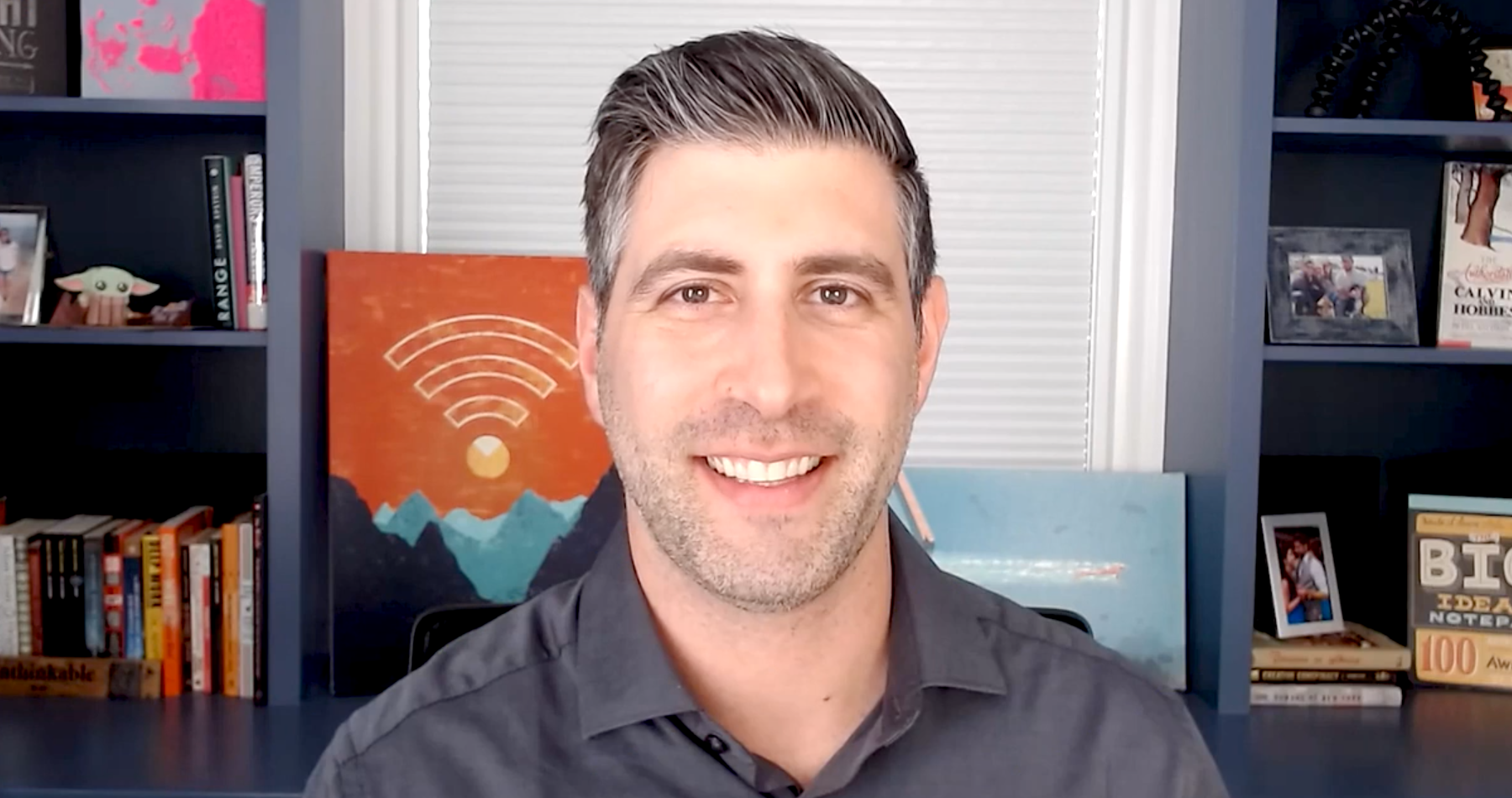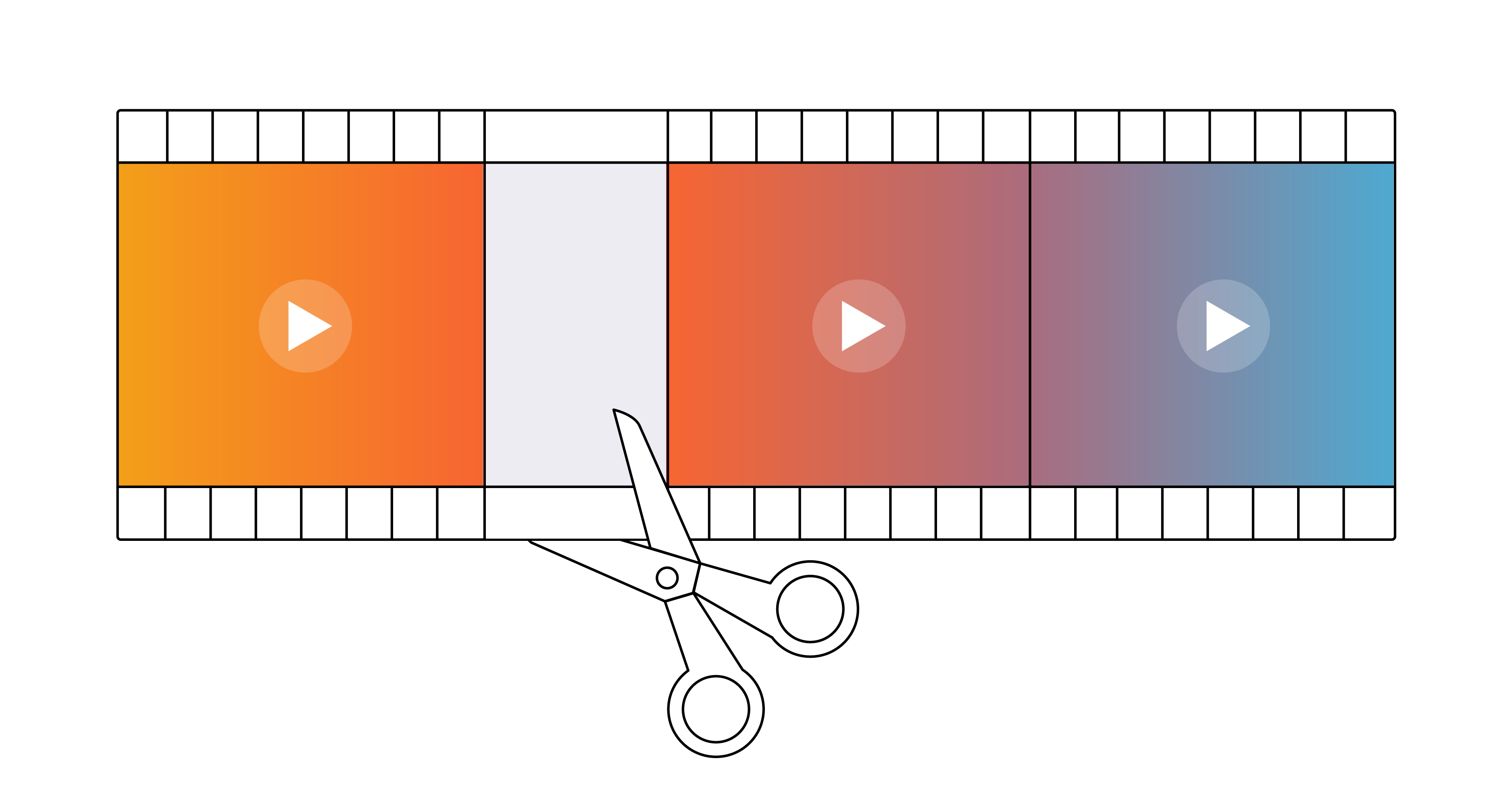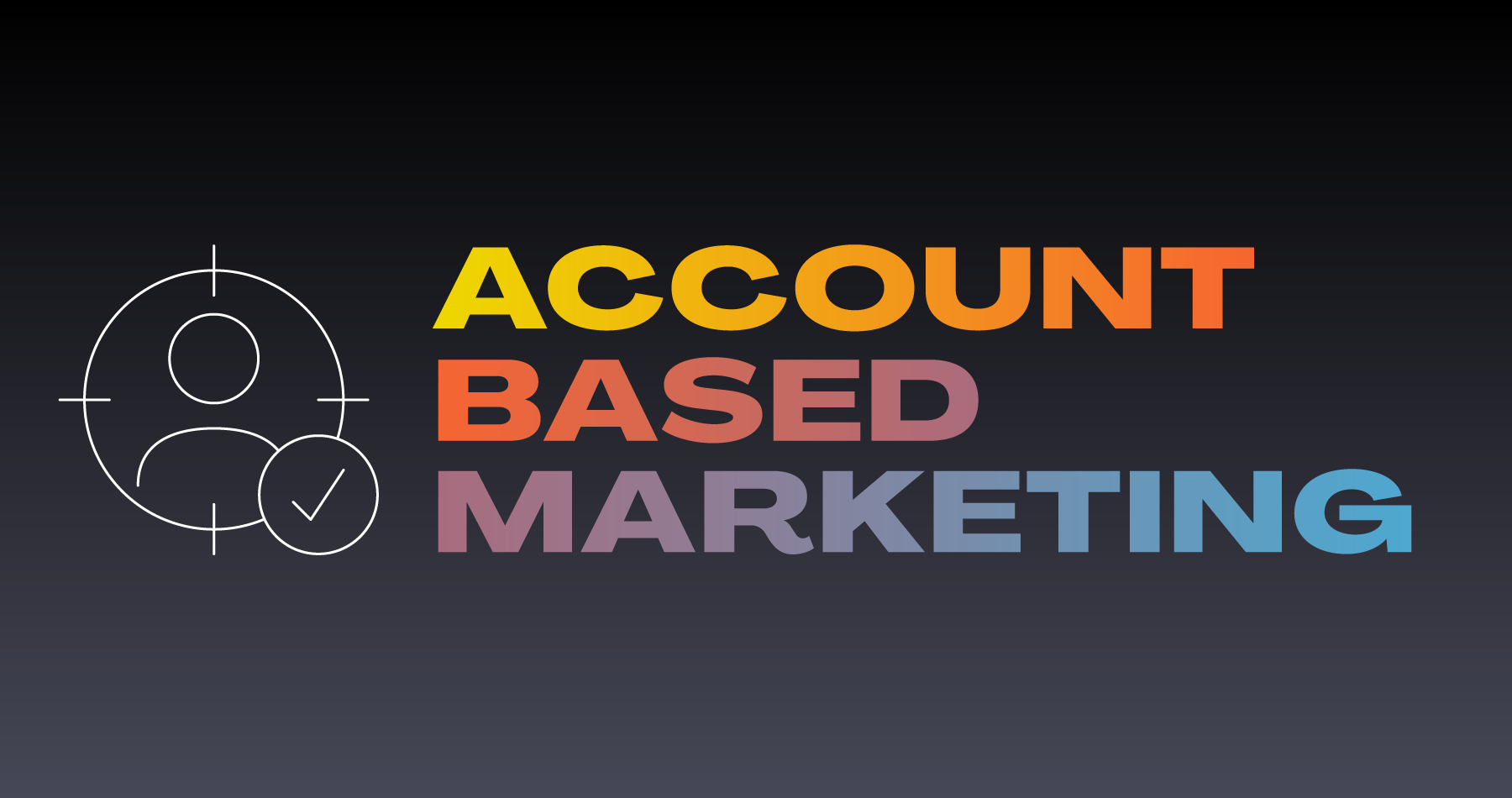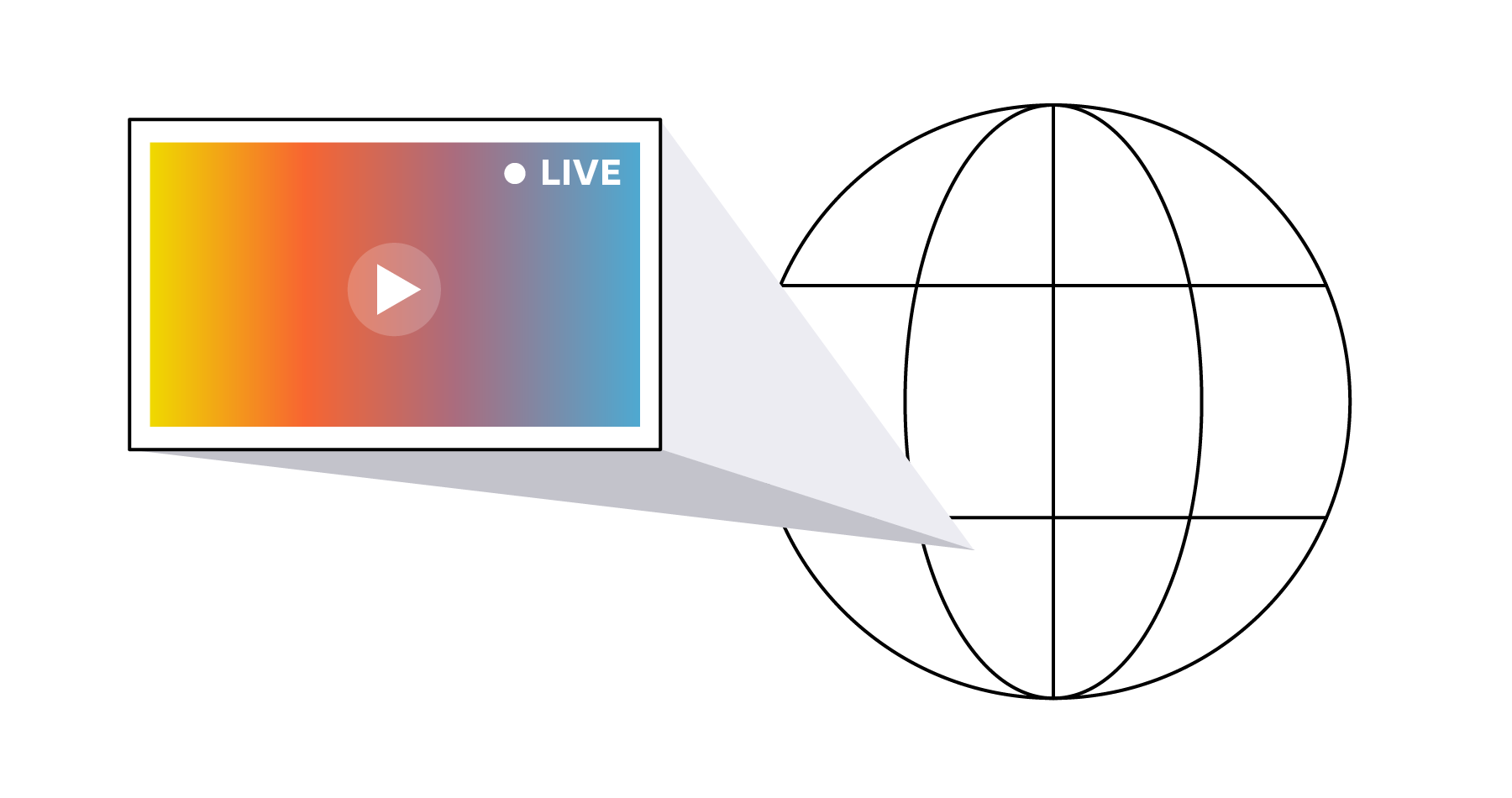Promoting Your Brand Through Video Storytelling
Marketing

Storytelling has been a marketing buzzword ever since it first showed up as a LinkedIn skill in 2012. Today, there are hundreds of thousands of professional storytellers all competing for page one to tell you the exact same thing: your brand needs storytelling. Especially video storytelling.
Yes, we know. As the most trusted streaming technology company, we’ve worked with enough media companies to know that marketers have their work cut out for them. The content landscape isn’t getting any less saturated, and we can only tell marketers to bone up on their media company instincts so many times.
In other words, we don’t need another storyteller to tell us what we already know. We need a storyteller to tell us how to do brand storytelling on video (and how not to).
That’s why we spoke with former Google and HubSpot marketer, and “Unthinkable” author and showrunner, Jay Acunzo. During our first season of PLAY, he offered a number of practical tips on how to connect with audiences. Here, we dig a little deeper into how to apply those tips in a measurable way.
What are some common mistakes you've seen in video storytelling?
First, I don’t think we do a good job keeping people hooked and interested in our stories.
Most of us have embraced the need to hook people right away in the opening moments. But then we think we’ve purchased their attention using a clever hook up front and this alone will “get them to the end.” This isn’t true. The real challenge becomes introducing moments of tension or questions on their minds throughout the experience. “I reached for my favorite coffee mug, with the five words that inspire me each morning.” Nothing happened in that “story,” but you want me to keep going, because you’re asking, “What are the five words?”
Simply changing how we communicate to raise anticipation each step of the way can grip people and get them to the end.
Second, I don’t think we allow our own personality quirks to shine through enough as brands.
The media already understands that the talent matters as much as the content. So they staff known names, or at least practiced hosts and communicators, to appear on camera. Over time, you get to know them as people; you connect to their emotions and quirks.
We already see this among smaller SaaS brands today. Their people appear on camera, on LinkedIn or Twitter, and on their podcasts as public personalities, even before they’ve reached any micro-fame.
We like to say “people don’t trust logos; they trust people.” But we haven’t extrapolated that out far enough. What if, instead of just creating content, we created creators?
How do storytelling mistakes affect video performance?
Artifice kills the experience in video. Whether you’re trying to be something you’re not or failing to be who you really are, the audience can tell something is off.
Audio and video both do the same thing to the voices behind the content: they lay bare your true self. They’re “naked” mediums. There’s nowhere to hide. Your voice, face, inflection, and so forth will all immediately make clear whether or not someone trusts and likes you on camera.
It’s a craft to be mastered, and a unique one that’s unlike being charming or likable in person. When the camera rolls, you have to use “yourself” as a feature of the video—a performance element to self-produce and bring forth.
How do you know when bad storytelling is responsible for poor video performance?
Time spent.
Marketers love topline numbers like video views, but if people don’t actually watch the video or spend time with the brand, then none of our results follow. Reach is nice, but resonance is necessary. If you can’t earn trust, you can’t inspire action, and we need audience action to see results.
In this way, great marketing isn’t about who arrives; it’s about who stays. So your dropoff rates are one way to tell.
Additionally, video requires a time commitment for others to consume. If people finish the video but don’t take further action, that’s a sign the story wasn’t effective and failed to inspire them.
Good storytellers can grip us, but effective storytellers move us. If your audience spends time with you but doesn’t act, then the content needs work. Even if the dropoff rate looks strong.
How do you avoid poor video performance with new audiences—when you know little about what moves them?
Chances are, when something underperforms, it’s not necessarily because we don’t know our audiences. It’s because we’re trying to remove ourselves and create something our brand wants from us. This is a literal impossibility.
Creative work necessarily flows through its creators. You can’t separate your own subjective experience of the world from the work. You’re not a bot (which, by the way, also requires inputs to create outputs).
So go back to the piece. Would you genuinely love this if you weren’t paid by your organization? Really? Can you create something for a “stadium of you” instead of a marketing persona?
The most resonant, most beloved, most successful creators understand it always starts with a simple truth: we have to make the things we wish existed in the world.
What are the simplest things brands can do differently that will have the biggest impact?
First, we need to embrace that “simple” doesn’t mean “easy.” If you’re looking for the easy path, you’re on the path walked by everyone before you and everyone right now. You can’t have a big impact doing it that way.
We as brands don’t have a clue what we believe about our topics. We simply create content about those topics, just like our competitors. So we become commodities. The source of a commodity doesn’t matter much; you can get it anywhere. Wheat is wheat. Iron is iron. How-tos to grow your social following are how-tos to grow your social following.
It’s all the same.
What we need to do is answer this question: “What is something we believe about our sector or audience which our competitors would freely admit they do not?”
For example, I think a podcast is for holding attention, not net-new reach. I have competitors who also make shows for brands and believe a podcast is wonderful for awareness. I firmly disagree. They can look at my work and admit, “Jay believes something we don’t.” That allows me to win better clients and create useful friction that repels bad leads.
To be clear, beliefs can’t be things that sound comparative, like “This should be simpler than it normally is.” Of course competitors would agree with that. “X that doesn’t suck” is terrible positioning for your brand. If your beliefs end with the suffix “-er,” they aren’t really beliefs.



